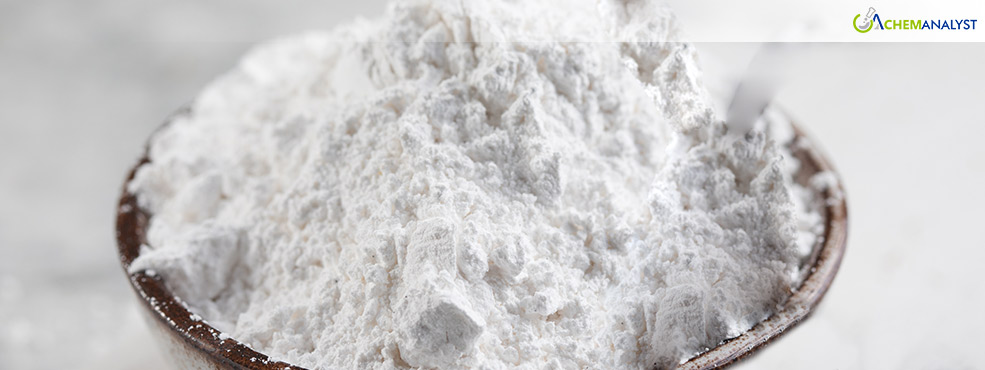Welcome To ChemAnalyst

The Potassium benzoate market experiences an ease as prices exhibit a moderate downward revision during May and potentially in June 2025, providing relief to industries that had endured months of continuous price hikes. The strategic chemical product, indispensable to various industrial applications, finds considerable attention from manufacturers across the globe because of its central function in maintaining product integrity and prolonging efficiency in operations.
Potassium benzoate is a foundation ingredient in various industrial uses, securing its role in the international supply chain. The production industry depends on potassium benzoate as a powerful corrosion inhibitor that helps maintain metal surfaces against deterioration in adverse conditions. Compound improves antifreeze mixes by enhancing stability and shelf life under extreme conditions. The pharmaceutical industry incorporates potassium benzoate into medical products to inhibit microbial growth, thereby achieving product safety and approval. The cosmetics market relies on potassium benzoate to extend shelf life by preventing microbial growth in personal care products. The pyrotechnics market also uses potassium benzoate in whistle parts for unique sound effects used in fireworks shows.
Latest market review indicates that potassium benzoate prices moderated downwards in May and June 2025, contrasting with the sharp price hike seen in earlier months. The key driver of this price ease comes from lower benzoic acid prices, the key raw material in potassium benzoate production. Factory producers indicate lower production costs as benzoic acid suppliers reset pricing, directly dropping into the potassium benzoate production cost.
Market conditions during the initial part of 2025 saw potassium benzoate prices continuing at an uptrend following rampant demand from the food preservation and pharmaceutical industries. Raw material shortages, fluctuations in energy prices, and supply chain issues created enduring price pressure. Yet, the latest stabilization of benzoic acid availability helped potassium benzoate producers maximize costs of production and transfer cost savings to downstream buyers.
The increasing price trend of Potassium Benzoate in the importing country was significantly driven by rising prices in principal exporting countries. Manufacturers within these countries had to absorb greater production costs in terms of raw material prices, most notably Benzoic Acid as a major feedstock, plus higher energy and labor costs. These cost pressures compelled exporters to increase their foreign offer prices. For markets that are import reliant and have minimal domestic production, the effect was immediate and unavoidable. Importers found themselves with less negotiating power and increased landed costs, particularly as world freight charges also moved in a similar direction amid continued supply chain disruptions. This mixture of higher export prices and increased transport costs substantially drove the total procurement cost, which then trickled down the supply chain. Consequently, local prices of Potassium Benzoate in the importing nation saw a sudden surge even with sound demand fundamentals.
Downstream sectors benefit positively from moderation in potassium benzoate prices. Cosmetics makers notice better profit margins as the formulation cost falls, while pharmaceutical firms enjoy lower input costs in making drugs. Manufacturing industries using potassium benzoate for corrosion inhibition and antifreeze uses noticed increased cost effectiveness in their operations.
We use cookies to deliver the best possible experience on our website. To learn more, visit our Privacy Policy. By continuing to use this site or by closing this box, you consent to our use of cookies. More info.
